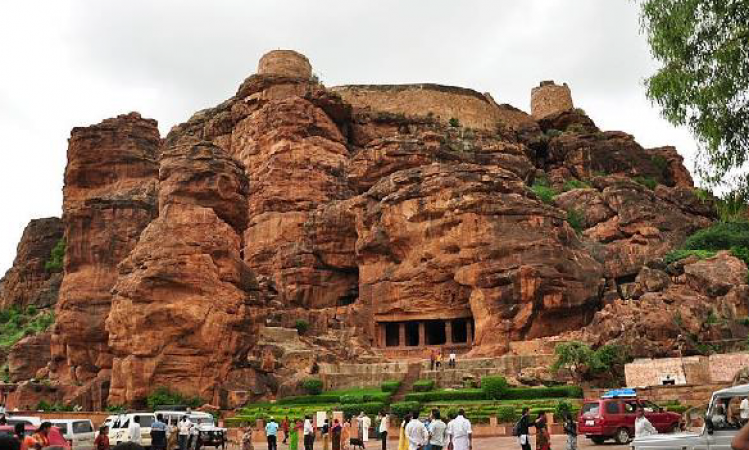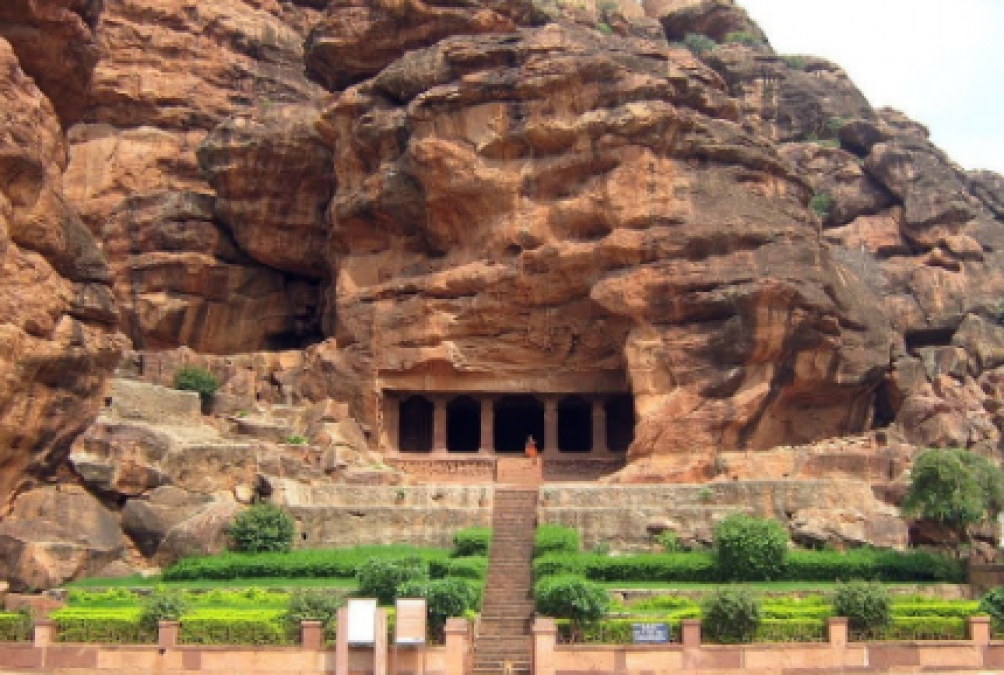
Step into a world of ancient marvels, where spirituality and architectural brilliance converge. The Badami Cave Temples, located in Uttarakhand and Kerala, offer a glimpse into India's rich cultural heritage. Carved out of solid rock, these magnificent cave temples stand as testaments to the skill and devotion of ancient artisans. This article delves into the captivating history of the Badami Cave Temples, exploring their significance, architectural features, and the spiritual practices associated with worshiping in these sacred abodes.
Badami Cave Temples in Uttarakhand
1.1 Historical Significance
The Badami Cave Temples in Uttarakhand are a cluster of cave temples carved into the cliffs of the Himalayas. They date back to the 7th and 8th centuries, belonging to the period of Indian history known as the Gupta Empire. These temples are renowned for their exquisite rock-cut architecture and rich iconographic depictions. The Badami Cave Temples hold significant religious and historical importance for Hindu devotees, attracting visitors from all over the world.
1.2 Architectural Marvels
The Badami Cave Temples in Uttarakhand are known for their intricate carvings and splendid architecture. The temples are primarily dedicated to Lord Shiva and Lord Vishnu. Each cave features elaborate sculptures and friezes, depicting mythological tales and deities. The remarkable structural design and the interplay of light and shadow within the caves create an otherworldly ambiance, transporting visitors to a bygone era of spiritual enlightenment.
1.3 Worshiping in the Temple
To worship in the Badami Cave Temples, one must approach the temple with a reverent heart and follow the customs and rituals prescribed by the temple authorities. Devotees typically offer prayers, flowers, and incense to the deities within the caves. Participation in aarti (a devotional ritual involving the waving of lamps) and recitation of sacred chants are also common practices. Visitors are encouraged to maintain decorum and respect the sanctity of the temple premises.

Badami Cave Temples in Kerala
2.1 Historical Significance
The Badami Cave Temples in Kerala, also known as the Badami Caves of Kerala, have their roots in the early centuries of Indian history. These rock-cut temples are believed to have been constructed during the reign of the Pallava dynasty in the 7th century. The caves are celebrated for their unique architectural style, blending elements of Dravidian and Pallava art forms. They are considered important heritage sites in Kerala, attracting tourists and spiritual seekers alike.
2.2 Architectural Marvels
The Badami Cave Temples in Kerala showcase an architectural grandeur that mesmerizes visitors. The intricately carved sculptures and rock-cut panels depict various Hindu deities and mythological narratives. The temples feature a blend of Pallava and Dravidian architectural elements, characterized by elaborately sculpted pillars, mandapas (pavilions), and vimanas (tower-like structures). The seamless integration of these elements creates an aura of divinity and artistic brilliance.
2.3 Worshiping in the Temple
To engage in worship at the Badami Cave Temples in Kerala, visitors are required to adhere to the customary practices and rituals followed by the temple authorities. Devotees offer prayers, perform circumambulation (pradakshina) around the main sanctum, and make offerings to the deities. The temple priests conduct religious ceremonies and recite sacred hymns to invoke the divine presence. It is important for devotees to maintain silence, cleanliness, and respect within the temple premises.
The Badami Cave Temples in Uttarakhand and Kerala stand as remarkable testaments to the architectural prowess and religious fervor of ancient India. These rock-cut temples not only exemplify the exquisite craftsmanship of the bygone eras but also serve as centers of spiritual significance for devotees. As one immerses themselves in the grandeur of these cave temples, a sense of awe and reverence fills the air, leaving an indelible mark on their souls
Kerala Devotees Engage in KARKIDAKA VAVU BALI Ritual Statewide